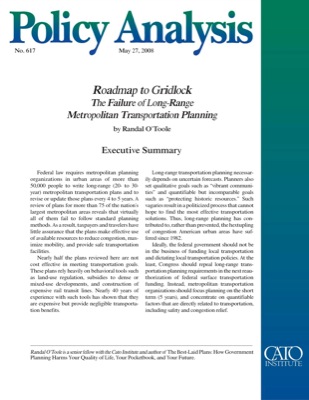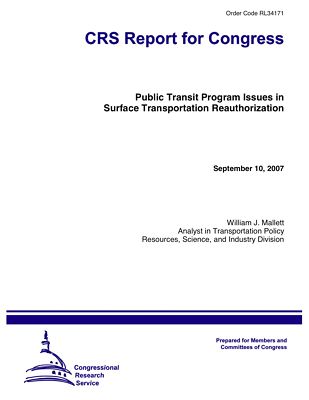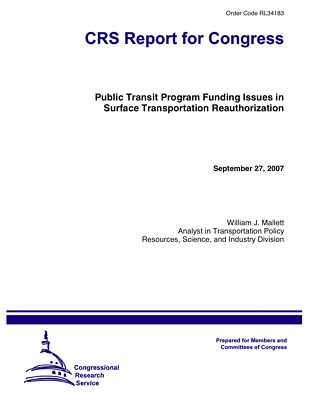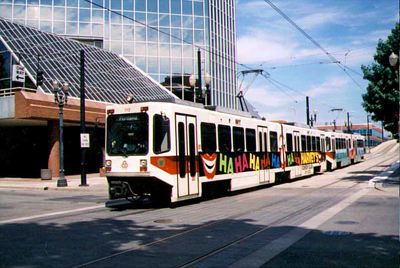President Obama continues his policy of bringing “change” to Washington by appointing Washington insiders to key posts in his administration. One such insider is Peter Rogoff, who will be the new head of the Federal Transit Administration (FTA).
As a staff member of the Senate Appropriations Committee, Rogoff had a hand in writing ISTEA, TEA-21, and SAFETEA-LU, the 1991, 1998, and 2005 reauthorizations of federal transportation funding. He has also promoted high-speed rail, light rail, and bus-rapid transit systems. Naturally, the American Public Transportation Association — the nation’s transit lobby — is elated to have in Rogoff in charge of federal transit programs, as he knows all the strings to pull to get big bucks for their tiny constituency (meaning, for the most part, transit contractors, not transit riders).













